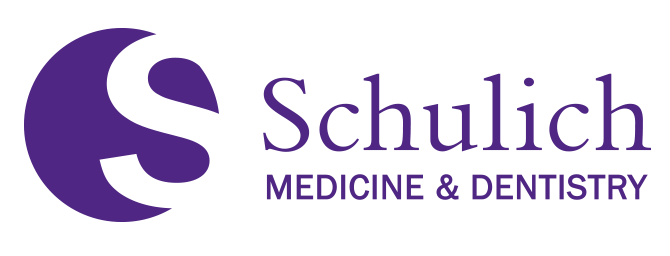
Paediatrics Publications
Probiotic stool secretory immunoglobulin A modulation in children with gastroenteritis: A randomized clinical trial
Document Type
Article
Publication Date
4-1-2021
Journal
American Journal of Clinical Nutrition
Volume
113
Issue
4
First Page
905
Last Page
914
URL with Digital Object Identifier
10.1093/ajcn/nqaa369
Abstract
Background: We previously conducted the Probiotic Regimen for Outpatient Gastroenteritis Utility of Treatment (PROGUT) study, which identified no improvements in children with acute gastroenteritis (AGE) administered a probiotic. However, the aforementioned study did not evaluate immunomodulatory benefits. Objectives: The object of this study was to determine if stool secretory immunoglobulin A (sIgA) concentrations in children with AGE increase more among participants administered a Lactobacillus rhamnosus/helveticus probiotic compared with those administered placebo. Methods: This a priori planned multicenter, randomized, double-blinded, placebo-controlled ancillary study enrolled children presenting for emergency care who received a 5-d probiotic or placebo course. Participants submitted stool specimens on days 0, 5, and 28. The primary endpoint was the change in stool sIgA concentrations on day 5 compared with baseline. Results: A total of 133 (n = 66 probiotic, 67 placebo) of 886 PROGUT participants (15.0%) provided all 3 specimens. Median stool sIgA concentrations did not differ between the probiotic and placebo groups at any of the study time points: day 0 median (IQR): 1999 (768, 4071) compared with 2198 (702, 5278) (P = 0.27, Cohen's d = 0.17); day 5: 2505 (1111, 5310) compared with 3207 (982, 7080) (P = 0.19, Cohen's d = 0.16); and day 28: 1377 (697, 2248) compared with 1779 (660, 3977) (P = 0.27, Cohen's d = 0.19), respectively. When comparing measured sIgA concentrations between days 0 and 5, we found no treatment allocation effects [β:-0.24 (-0.65, 0.18); P = 0.26] or interaction between treatment and specimen collection day [β:-0.003 (-0.09, 0.09); P = 0.95]. Although stool sIgA decreased between day 5 and day 28 within both groups (P < 0.001), there were no differences between the probiotic and placebo groups in the median changes in sIgA concentrations when comparing day 0 to day 5 median (IQR) [500 (-1135, 2362) compared with 362 (-1122, 4256); P = 0.77, Cohen's d = 0.075] and day 5 to day 28 [-1035 (-3130, 499) compared with-1260 (-4437, 843); P = 0.70, Cohen's d = 0.067], respectively. Conclusions: We found no effect of an L. rhamnosus/helveticus probiotic, relative to placebo, on stool IgA concentrations. This trial was registered at clinicaltrials.gov as NCT01853124.


